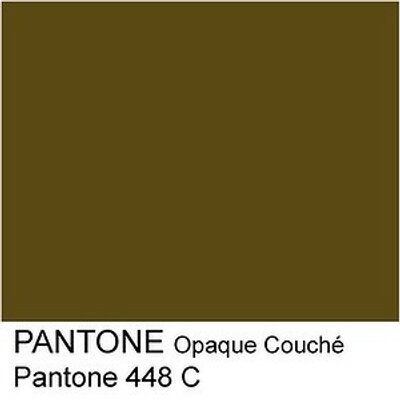Now, 24 years after first studying the matter, the Canadian government is poised to leapfrog ahead with its proposal for what would be the toughest and most effective regulations for plain and standardized tobacco products and packaging in the world. According to draft regulations published today in Part I of the Canada Gazette, (the tobacco regulatory proposal appears on pages 2574 to 2656) cigarette packages would not only be a plain brownish-green, they would also be standardized to the slide-and-shell format of old. Very large warnings would continue to appear on the packages. Even the cigarettes would be standardized. Only regular and king size would be allowed. Gone would be gimmicky cigarettes like slims, superslims and luxury length. Plain packaging requirements would extend to all tobacco products, not just cigarettes, with adaptations tailored to the nature of each product.
These are strong measures. To stand up to tobacco industry opposition which will surely come, strong evidence is required. And the government have provided strong evidence, in spades. The Regulatory Impact Assessment Statement (RIAS) accompanying the draft regulations provides convincing evidence to support these proposals. The RIAS has no fewer than 130 references. It draws on the experience of other countries, published scientific evidence from Canada and other countries, and, most deliciously of all, tobacco industry market research documents made public through court proceedings in Quebec and elsewhere. When market researchers many years ago recommended to companies how to make packages and products more attractive to consumers, their reports are now revived and become strong evidence to the government for how to make such products and packages less attractive by doing the opposite of what was once recommended to tobacco companies.
Here is just one example of how this works:
In 1991, Canadian tobacco company RJR-Macdonald (now JTI-Macdonald) commissioned the market research firm Qualitative Science to report on how the package of their flagship brand
Export A might be re-designed to make it more appealing. Among many other observations, this market research firm reported in 1991:
"Feelings of social rejection prompted some smokers to suggest that the ideal cigarette package design would make a contribution to alleviating their feelings of guilt."
Now, in 2018, the words RJR-Macdonald bought and paid for in 1991 have come back to haunt them. They are being parroted back, this time in support of plain and standardized packaging. On page 2585 of the June 23, Canada Gazette, Part I, the RIAS states:
"As well, tobacco industry documents indicate that the tobacco package can also be used to comfort smokers and ease or alleviate the feelings of guilt and social rejection in connection with their tobacco use."
This RIAS statement properly credits the 1991 Qualitative Science report as its source. Throughout the RIAS, tobacco industry documents and third-party analyses of tobacco industry documents are cited as important parts of the evidence for the strong measures proposed to take away the sensory appeal of tobacco products and their packaging.
Instead of attractive colours, the background colour proposed for tobacco packages is Pantone colour 448C. It looks like this:

Plain and Standardized Packaging Division,
Tobacco Products Regulatory Office,
Tobacco Control Directorate,
Healthy Environments and Consumer Safety Branch,
Health Canada, 150. Tunney’s Pasture Driveway,
Ottawa, Ontario K1A 0K9
(email: hc.pregs.sc@canada.ca)
